
URBAN DESIGN: Could the evolving gas station become a social hub?
The places where we fuel up have changed dramatically, and more change is on the way.

The places where we fuel up have changed dramatically, and more change is on the way.
Expanded freeways typically don’t solve the problem they are meant to address.
The money we spend on our streets doesn’t unlock their potential value as civic spaces.
As a rule, Post-World War II buildings turned their back on the public realm.
Indiana should join other states that have found alternatives to these concrete barriers.
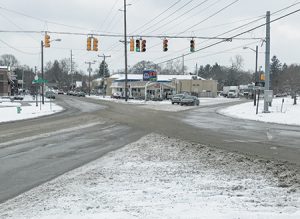
Some cities are taking the cue and making narrower roads permanent.
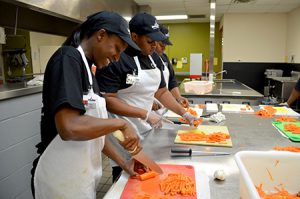
Food and our built environment are interacting and affecting one another like never before.
Decades-old attempts to remake streets for pedestrians failed, but today’s don’t have to.
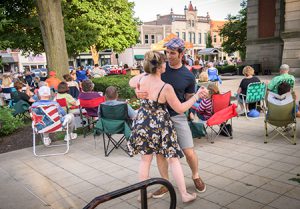
Shopping malls, luxury retailers are no substitute for the real thing.

Proud of helping downtown Seattle, would the innovative firm not hope to do the same elsewhere?
The work of the Indianapolis Historic Preservation Commission leads to higher property values and people-focused development.
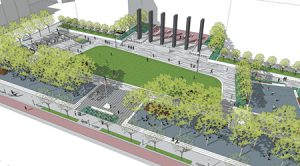
National ranking doesn’t tell the full story of Indy’s green spaces.
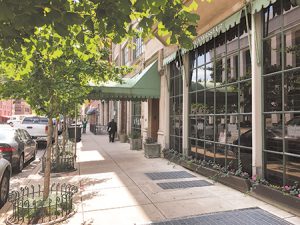
Examining why this simple place makes passersby feel like they’re somewhere special.
Theater can help jump-start transformation of an area marked by one-way streets, parking lots.
It’s all about the details when it comes to parks, plazas and streetscapes.

The idea of one-ways, particularly in cities like Indy, spawned from the “Get in, get out, get to the highway” mentality of post-World War II transportation thinking.
Successfully redeveloping the old GM Stamping Plant site will take creativity, patience.
From Mass Ave to White River, here’s what to look for in the year ahead.
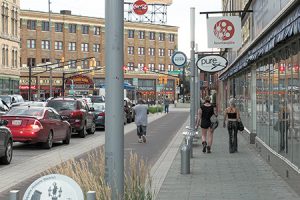
We’re not one of the Big Six, but Indy is well-positioned among the best of the rest.
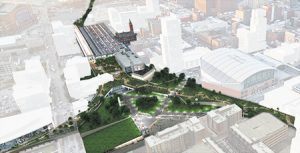
City should take bold step of creating an elevated park on downtown rail corridor.